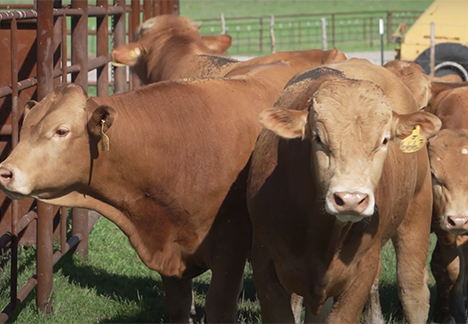
A recent fly control study conducted in Manitoba offered important insights for Canadian cattle producers---and reaffirmed the power of Altosid® IGR in managing horn fly populations, even in challenging northern climates.
Despite Canada's shorter and more intense warm season, researchers observed the same horn fly population trends as in the U.S.: a buildup in late spring, a summer peak, and a decline into fall. The study compared an Altosid® IGR-treated group, comprised mainly of first- and second-year heifers, to an untreated control group, and the difference was clear: the treated cattle carried fewer flies.
One of the key takeaways? Altosid® IGR successfully prevented the next generation of horn flies, even under higher-pressure conditions. This is crucial because horn flies develop exclusively in fresh cattle manure, and interrupting that cycle at the larval stage, before flies emerge, is essential for long-term control.
For Canadian producers, this study brings reassurance: the biology of horn flies doesn't change across borders, and Altosid® IGR works just as effectively in Canada as it does in the U.S.
Recommendation Reminder
To get the most out of your fly control program, follow the proven 30/30 approach:
- Begin feeding Altosid® IGR 30 days before your region's average last frost.
- Continue feeding through the season.
- Extend use 30 days past the first fall frost.
By staying consistent, producers can reduce overwintering pupae and minimize the first generation of horn flies next year.
